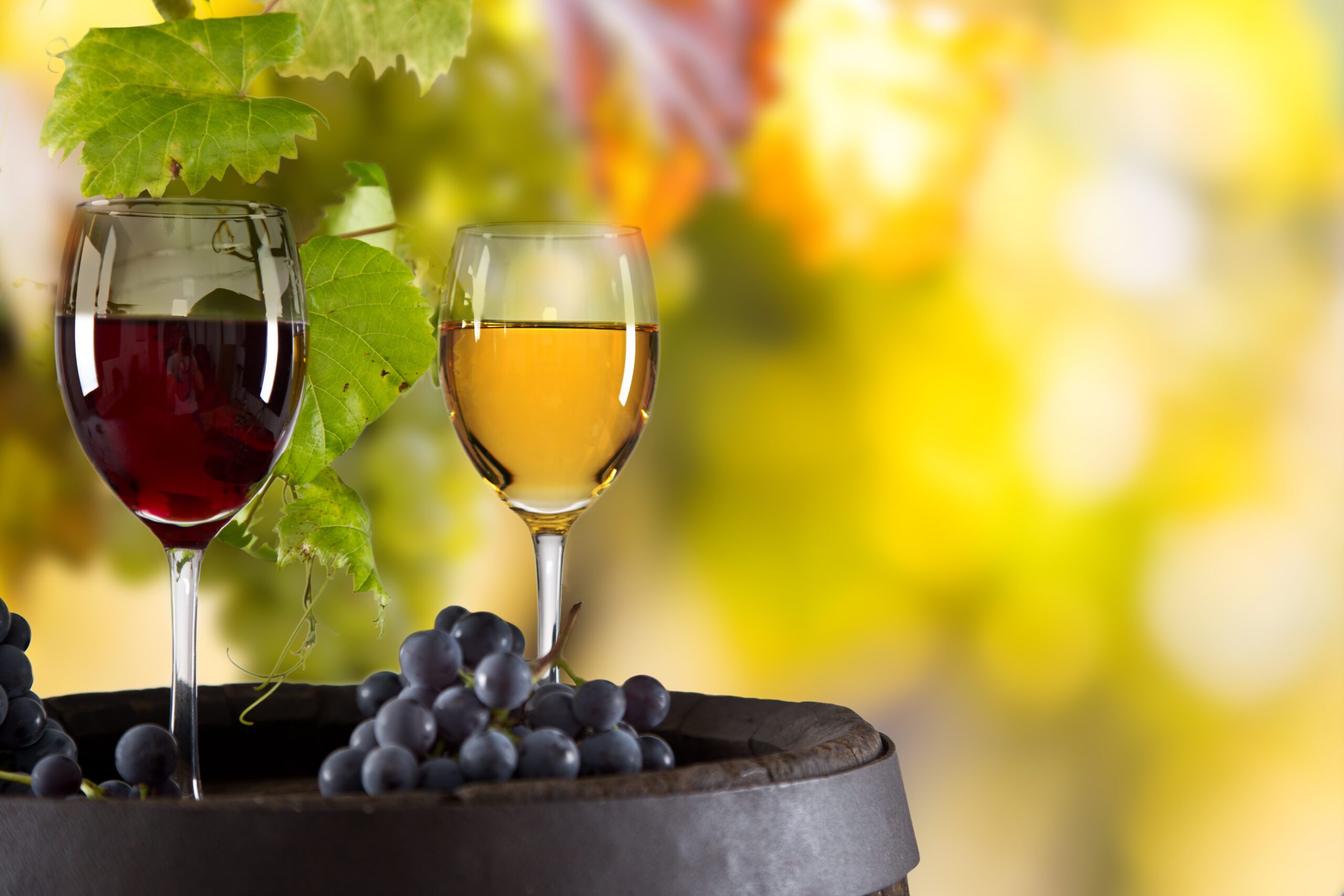Wondering which vintage is best? That’s not a worry with these picks.
Most consumers understand wine geography. A Bordeaux comes from … Bordeaux, in southwestern France. A Napa Valley Cabernet Sauvignon? Grown and made in Napa Valley, north of San Francisco.
And that “Cabernet Sauvignon” part also is easy enough. Even beginners get the idea of different grape varieties. “I don’t know much about wine,” they’ll say, “but I like Merlot and Malbec.” Or Chardonnay. Or whatever.

Then someone mentions a vintage, and eyes start to glaze. If I’m supposed to remember whether it’s 2009 or 2010 that was really good, and you hear them thinking, I might as well give up and have a beer.
In a flash, they’ve gone from “I got this” to “gee, wine is hard.”
What they need—what we all need, really—are go-to producers that transcend vintages. The ones below never make a bad wine. In poor years, with excessive rain or searing temperatures, they’ll make a severe selection, weeding out grapes that are unripe or spoiled. If that means making less wine in a given year, that’s fine. They’re in this for the long term.
Vietti, Italy: The Langhe, where fickle Nebbiolo grapes are grown, is infamous for its wide quality swings. Yet I’ve never had a disappointing Vietti Barolo, even from terrible vintages such as 2003. In those years, they forego many of their single-vineyard wines and fold the best grapes into their regular Barolo. It shows.
Chateau St. Jean, Sonoma Valley: All the wines from here are nicely made (and the Pinot Blanc is a hidden gem.) But the top-of-the-line Cinq Cepages, a five-variety blend, gets wide distribution and never fails to be delicious. Vintage after vintage is worthy of cellaring.
Leoville Barton, Bordeaux: The concept of vintage variation was invented in Bordeaux, where a great year can double prices. This venerable producer, from the St. Julien appellation, is known for exemplary efforts even in the coldest, rainiest summers. They’re almost always terrific bargains.
Catena Zapata, Argentina: At its pyramid-shaped facility in Mendoza, the Catena family makes a wide range of different wines. The best are sublime (and expensive), but even the entry-level Malbecs are always enjoyable. Vintages don’t matter as much in Argentina as they do in Europe, and Catena is committed to quality. Buy with confidence.

